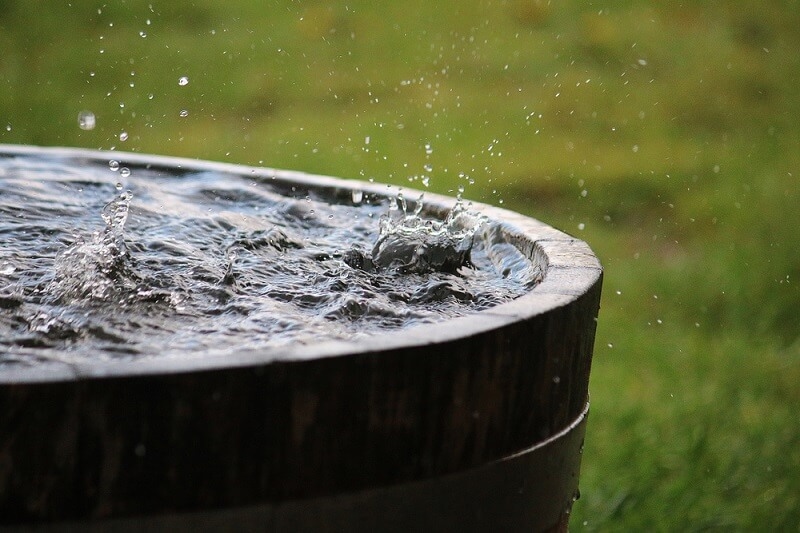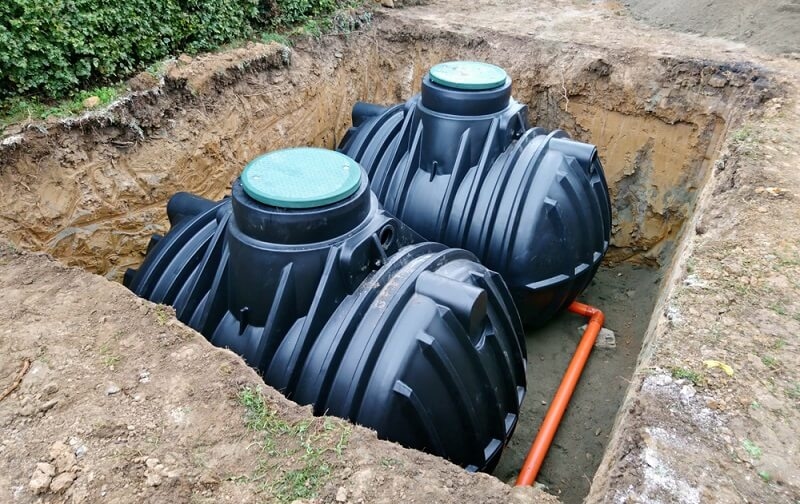
The use of water is a valuable resource, and nowadays it has become more valuable to preserve it than ever. Another simple yet efficient method of harvesting and utilizing rainwater at the house is through rainwater harvesting. It is not only able to lower your water bills, but also leads to environmental conservation. This guide will help you learn the basics of rainwater harvesting and begin your own system at home, in case you are new to rainwater harvesting.
Rainwater harvesting involves the gathering of rainwater and the subsequent storage of the same. This may involve watering your garden, cleaning, or even utilizing it in performing some household chores. The concept is bare, and it has numerous advantages concerning your pocket and the eco-friendly environment.
Rainwater harvesting is a process whereby you gather rainwater on your roof or any other surface and store it in tanks or barrels. The water gathered can be filtered, and it can be used in other ways. The system minimizes the use of municipal water, particularly during the dry seasons.
Rainwater will help you cut down on your local water supply needs. It will allow avoiding a water crisis and is a viable move towards a sustainable lifestyle. When the houses have gardens, it is very helpful since the plants can be grown with rainwater without the expense of using tap water.
Rainwater harvesting has several advantages. It is economical in terms of water bills, has less stormwater runoff, and offers a natural supply of water in your garden. Chemicals such as chlorine do not affect rainwater and hence are favorable to plants and lawns.
It can be easy to start your system of collecting rainwater at home, and the system does not have to be expensive. You do not require any elaborate installation in order to start enjoying the fruits.
The first step in DIY rainwater collection is selecting a container. You can use rain barrels, large plastic tanks, or even old drums. Make sure your container is clean and made from a material that is safe for storing water.
A rain barrel setup tips guide can help you install your barrel easily. Place your barrel under a downspout, and ensure it has a lid to prevent debris and mosquitoes from entering.
In the event of a bigger garden, you can add several barrels to gather more water. This is achievable with simple pipes or simple hoses. Several barrels enhance your storage capacity and make sure that you have adequate water.
The simplest type of filter used to clean up your gathered rainwater is to use a simple filter that will eliminate all leaves and debris. The frequent maintenance of your system will be taken care of by cleaning the gutters and inspecting the barrel on whether it has cracks that will render it ineffective.
The application of rainwater is very effective in the garden. Tap water can be saved, such that a great deal of water and finances can be saved by using the gathered rainwater.
Identify the time of the day when you can water your plants, either early in the morning or late in the evening, and minimize evaporation. This process facilitates the proper growth of plants due to the rainwater being free of chemicals that exist in tap water.
Mulching your garden will also keep the water trapped and will save you from watering as often as possible. Good gardening practices in combination with rainwater harvesting are a useful water conservation hack.
Drip irrigation systems flow the water directly to the roots of the plants. With a drip system, you can use rainwater, and there is minimal wastage of water, and you will still have a lush garden.
Don’t forget indoor plants. The water used to water houseplants can be taken up in smaller containers of the collected rainwater, so as to save on tap water and give your plants a natural source of hydration.
Other than harvesting rainwater in the garden, there are other water conservation ways you can use in your home. These, plus rainwater harvesting, will give you maximum water savings.
Washing machines, dishwashers, and toilets today are made to consume less water. Such appliances, combined with rainwater for non-drinking can greatly reduce your bills.

Setting up a rain barrel correctly ensures that your rainwater harvesting system is safe and efficient.
Although the short-term gains of rainwater harvesting are the saving of money and water, there are other long-term gains.
Gardening, cleaning, and other household activities can be done using rainwater and therefore save you a significant amount of money on the monthly water bill. In the long run, these savings accumulate and may compensate for the price of installing a rainwater collection system.
This way, you decrease your dependency on municipal water sources because you utilize rainwater. This will save you water in your neighborhood and ensure a sustainable way of living.
The rainwater harvesting can act as an alternative water source during dry seasons or drought. You have the assurance that your garden and outdoor plants will still continue to bloom even when there are water restrictions.
Rainwater harvesting as a practice will promote a responsible attitude to water use. It also leads by example to the neighbors and the community, which encourages being environmentally responsible.
The easy and efficient method of water conservation is by rainwater harvesting, which helps in saving water and lowering your bills. Due to the availability of simple DIY systems such as rain barrels, drip irrigation, and with simple maintenance, any person can begin to harvest rainwater at home. Other than the financial gains, it enhances water conservation and the sustainability of the lifestyle. Through tips on how to set up rain barrels, tips on how to cut down on water usage, and suggestions on minor water use adjustments in your everyday life, you can easily make a significant change to your water footprint. It is better to start small and build your system step by step, as this will help you achieve the best and also learn in the process.
This content was created by AI